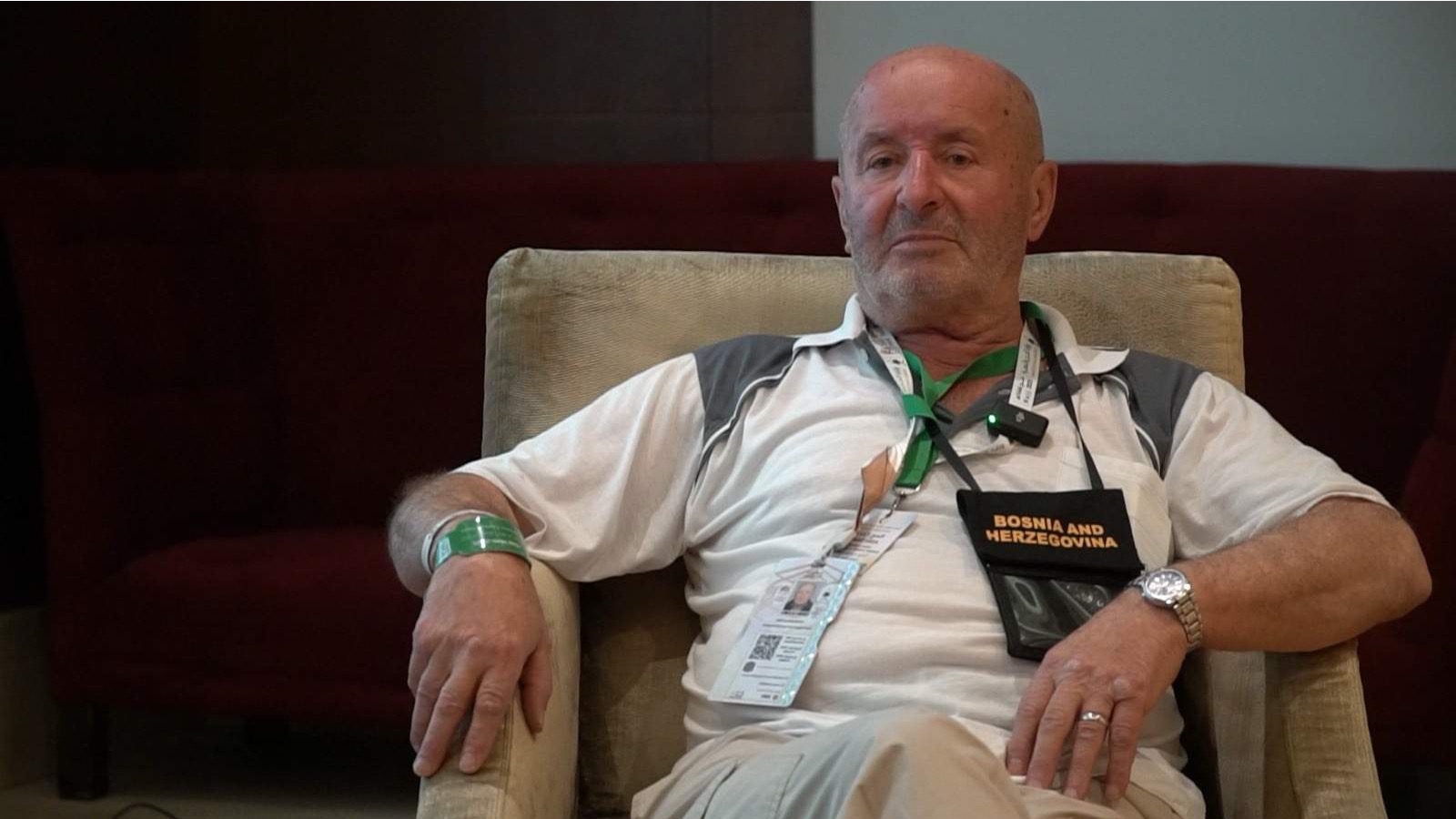Hadž za sina: Tiha misija oca Derviša Dizdarevića

Među ovogodišnjim hadžijama iz Bosne i Hercegovine svoju posebnu priču nosi Derviš Dizdarević iz Zenice, koji je sveta mjesta posjetio kao bedel – obavljajući hadž u ime svog rahmetli sina.
Derviš je već jednom bio na hadžu, 2009. godine, s planom da kasnije pomogne svom sinu da i on ispuni ovu petu islamsku dužnost. Međutim, život je imao drugačiji tok – njegov sin je iznenada preselio prije 27 mjeseci.
– Čim sam saznao da moj sin neće preživjeti, u srcu sam sebi obećao da ću hadž obaviti u njegovo ime. I evo, Allah mi je omogućio da ispunim tu želju – kazao je Derviš.
Ove godine, hadž za njega nije samo ibadet, već i tiha, lična dova, duboko protkana emocijama i sjećanjima. Iako njegov sin nije fizički prisutan, Derviš ističe da ga osjeća na svakom koraku.
Zahvalio je i organizaciji Ureda za hadž i umru Rijaseta Islamske zajednice, naglašavajući da je svaka etapa putovanja bila besprijekorno organizovana – od smještaja i prevoza, do vodiča, ljekarske i medijske podrške.
Derviš Dizdarević je primjer da hadž nije samo put tijela, već i put srca. Ove godine je u Mekki bio za još jedno srce koje kuca u njegovim dovama – srce njegovog prerano preminulog sina.
Akos.ba
foto:preporod.info




